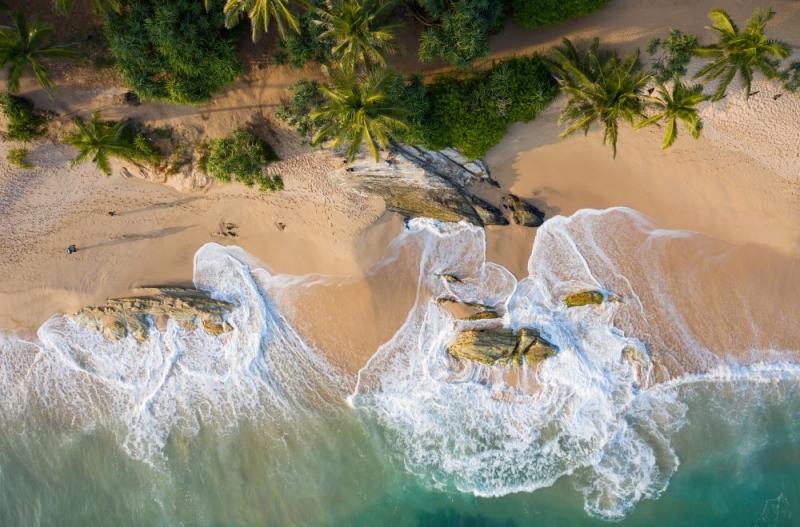
It is customary to talk about Sri Lanka primarily as a resort. Indeed, gaining strength and leaving the picturesque Sri Lankan beach, even for the most breathtaking locations, is a difficult task. And yet this place has something to surprise, even if at first glance it seems that the nine-arch bridge, Adam’s Peak and the Temple of the Tooth Relic are the local maximum. We tell you where you will get priceless impressions. Rules for entering the country are available at the link.
You can fly to Colombo on direct Aeroflot flights in about 8 hours.
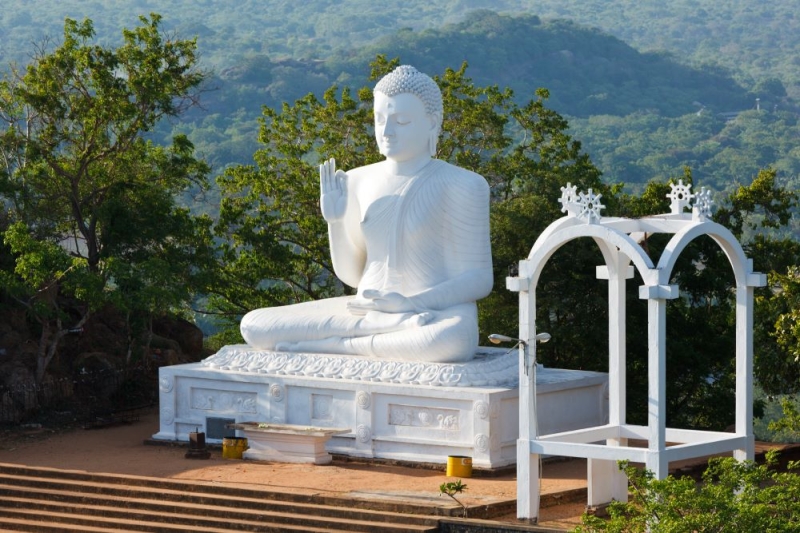
The north of the island is not very popular among tourists. Meanwhile, it is here that there is an archaeological park and the temple complex of Mihintale, which is considered the cradle of Buddhism in Sri Lanka. This place received its widely known name after a mountain range 12 km east of the ancient capital of the island, Anuradhapura. And the place, in turn, bears the name of Mahinda, an Indian preacher who brought Buddhism to these lands in the 3rd century BC.
In fact, the ridge consists of only three hills: Mango Plateau, King’s Hill and Elephant Mountain. But the complex itself occupies a much larger area, which almost all tourists usually run past. The fact is that if you search for Mahinda on the Internet, you mostly come across an image of giant boulders on the top of a hill – the so-called Invitation Rock. For local pilgrims, these stones are one of the main religious shrines. It is not surprising that her photos are the most circulated on the Internet. The path to the top along worn stone steps is difficult and quite dangerous, and the view from the top, although picturesque, is clearly not worth the climb from the Sri Lankan beach. Therefore, if you decide to travel here, you need to keep in mind that in addition to the Invitation Rock, the archaeological complex is replete with atmospheric ruins, ancient dagobas, small stupas (Buddhist architectural and sculptural places of worship), secret and not so secret caves, ponds full of water lilies… In general, the location is definitely not for one photo, but for a full-fledged walk for the whole day. Just keep in mind that you can only move around the temple complex barefoot, so you may need to take socks with you.
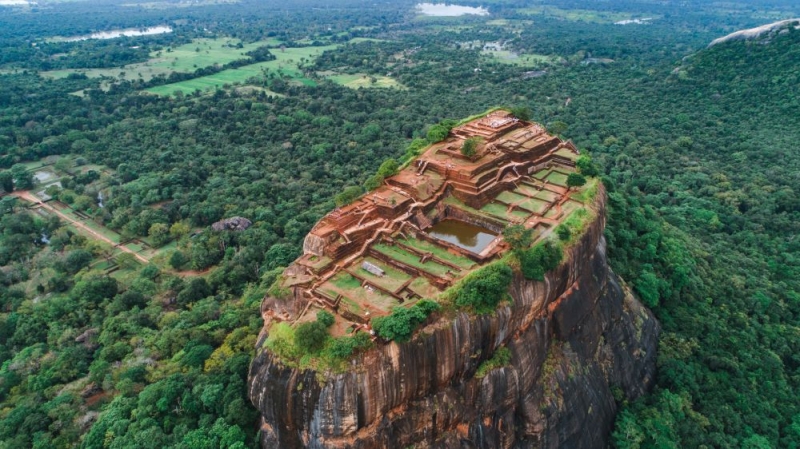
One and a half hours south of Mahinda, almost in the center of the island, is located “Lion Rock”, which is also called Sigiriya. At the top there is a massive sloping rock plateau, and on it is what remains of an ancient fortress.
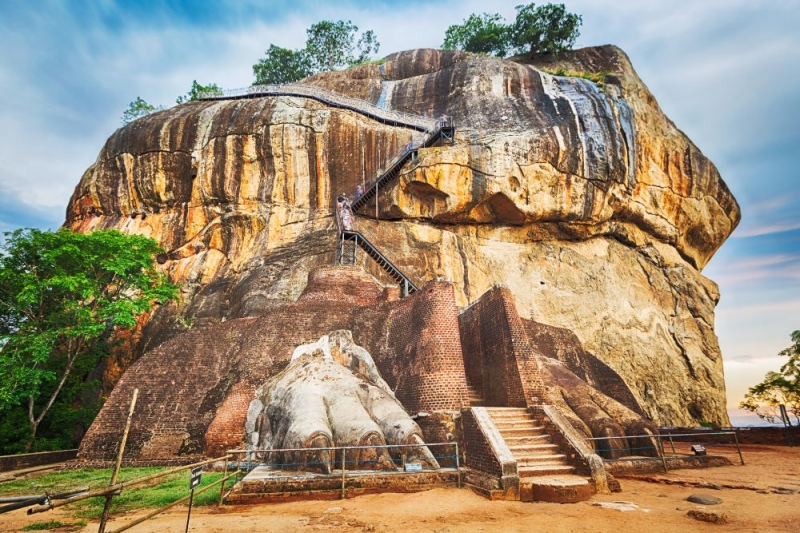
The ascent is paid, it costs more than 20 US dollars* per person, but the stairs to the top are rarely empty even at five in the morning and after dark, because the sunrises and sunsets encountered there are remembered by tourists for a long time.
But literally a couple of kilometers north of Sigiriya, you can get the same experience for almost ten times cheaper. Pidurangala Rock– also a triangular sloping plateau on top of a hill. At the foot of Pidurangala there is a small cave temple, and immediately behind it the climb up the mountain begins. The staircase winds through the dense tropical forest and leads to huge boulders, at the base of which you can find ancient monastic cells carved directly into the stone. Further along the road you will come across a restored statue of a reclining Buddha, and then the most difficult part of the road begins – narrow passages along a rocky embankment among inclined slabs and, finally, a plateau-top with an amazing view not only of sunrise and sunset, but also of Lion Rock, which is much Pidurangala is more picturesque and textured when viewed from the side.
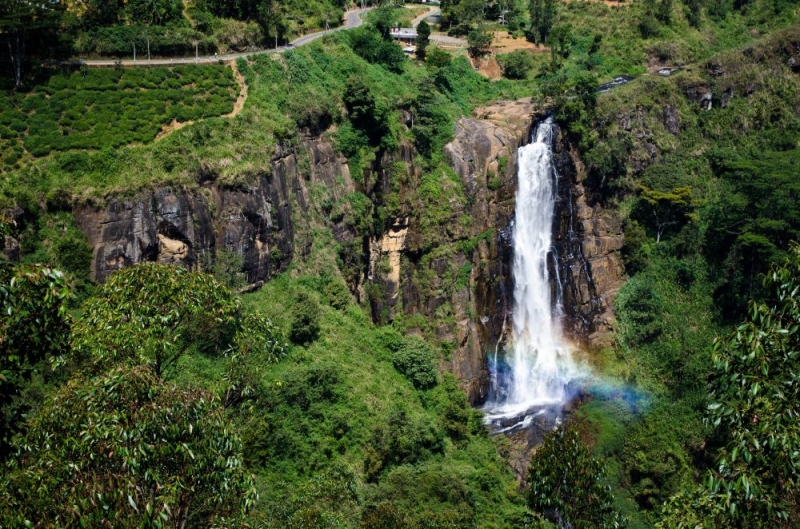
Sri Lanka is rightfully considered the country of waterfalls. 150 km east of Colombo, on the Kotmale Oya River, is located Devon Waterfall. Powerful streams fall from a 97-meter height and first hit a large flat rock, and then, after overcoming several smaller rapids, they are lost in the dense greenery of the Sri Lankan jungle. In the background you can see neatly trimmed plantations founded in the colonial era by one of the British colonial entrepreneurs, whose name this waterfall received.
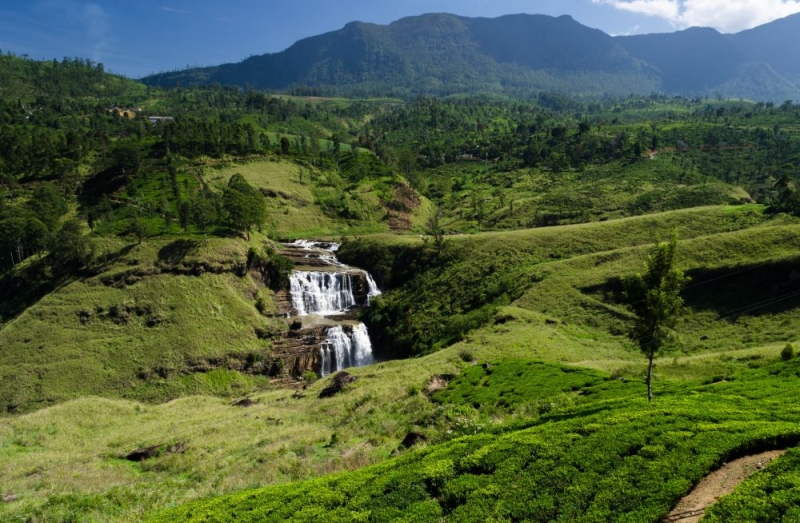
A few kilometers to the east is the local “Little Niagara”, this is the name given to this wide – 80 meters – rapids St. Clair Falls. Due to the dam that was built above several years ago, as well as the abundance of small rapids, you get the feeling that the water flows down the riverbed slowly, as if reluctantly making its way through the emerald tea fields.
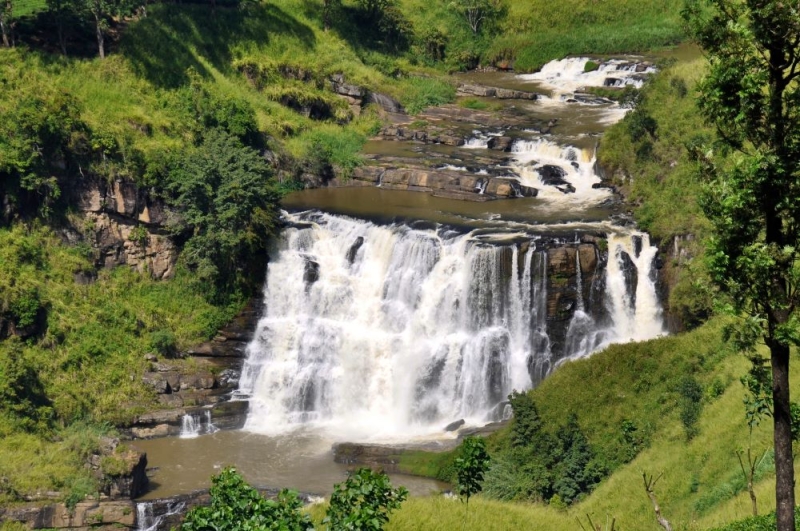
Unfortunately, there is no way to get closer to either Devon or St. Clair: the rocky landscape with steep drops and land leeches happily awaiting curious victims on literally every wild bush are to blame.
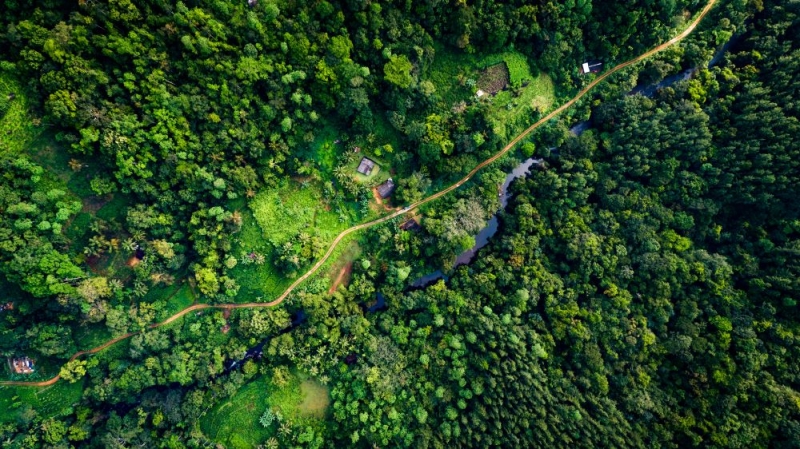
There is a special place in the south of the island – Sinharaja National Park. Locals call this forest the king of the jungle. The uniqueness of this place is that in its depths a special biosphere has been preserved, characteristic of humid primeval forests: giant horsetails, fleshy vines, huge ferns, as well as dozens of birds, mammals, reptiles and insects listed in the Red Book. Even wild elephants live in the jungle, but the locals always warn that tourists should never seek to meet them: this can be deadly, as is the case with snakes, leopards… However, the primeval forest, like those already inhabited by humanity The surrounding area is attractive because almost everything in it is trying to kill, and then also eat, a pale, unwary tourist from a distant northern country. Therefore, to visit this place safely, it is better to hire a guide.
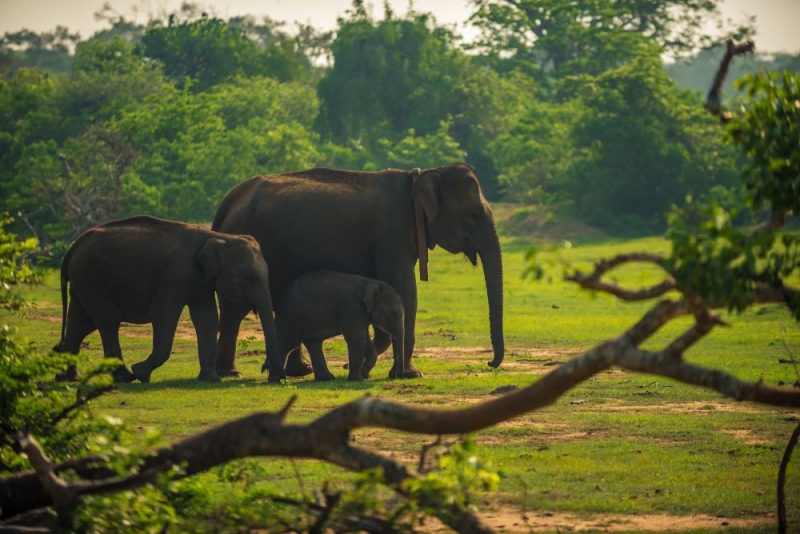
Like Sinharaja, Yala Park is a national, protected reserve, and the oldest, the first opened on the island. Unfortunately, this wildlife oasis was hit hardest by the December 2004 tsunami.
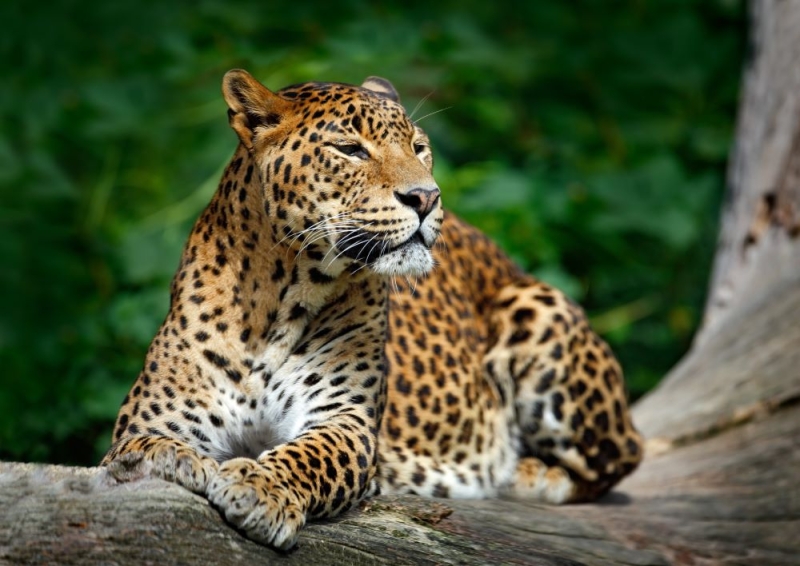
A wave six meters high swept the shore for one and a half kilometers and literally washed the tourist part of the reserve into the ocean along with some of its inhabitants. Over the next 20 years, the park was almost completely restored, but locals claim that the tsunami greatly changed its appearance.
Spice plantations are one of the ways of excursion and entertainment for tourists. Pepper, cloves, cardamom, vanilla, cinnamon are just some of the types of spices that have long grown in Sri Lanka. Guests of the island can touch the aromatic world in any of the three dozen government-certified spice gardens. In essence, these are ancient plantations turned into tourist locations and aimed primarily at the tourist’s wallet. Nevertheless, watching how nutmeg, cardamom and cinnamon grow, learning, for example, that vanilla and black pepper are actually a type of vine, and expensive sandalwood is a weed and parasite, seems like an educational and horizon-expanding event. Due to the climate, the best spice harvests are traditionally harvested in the Matale, Kandy and Kegalle regions, where most of these gardens are located.
*Prices valid at time of publication

